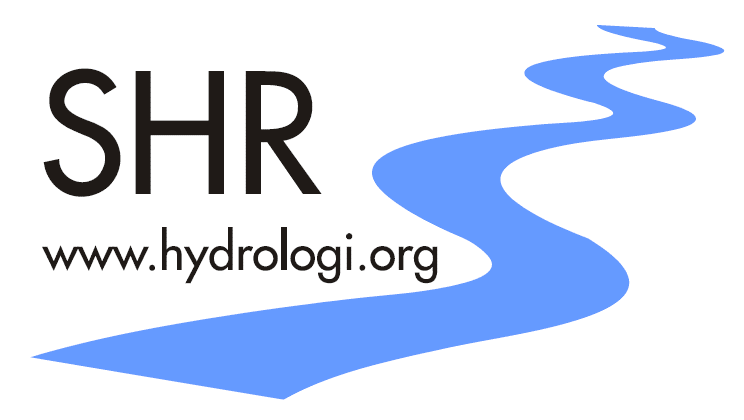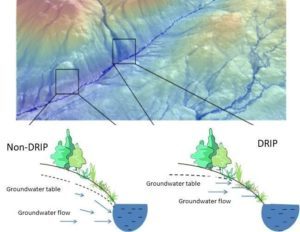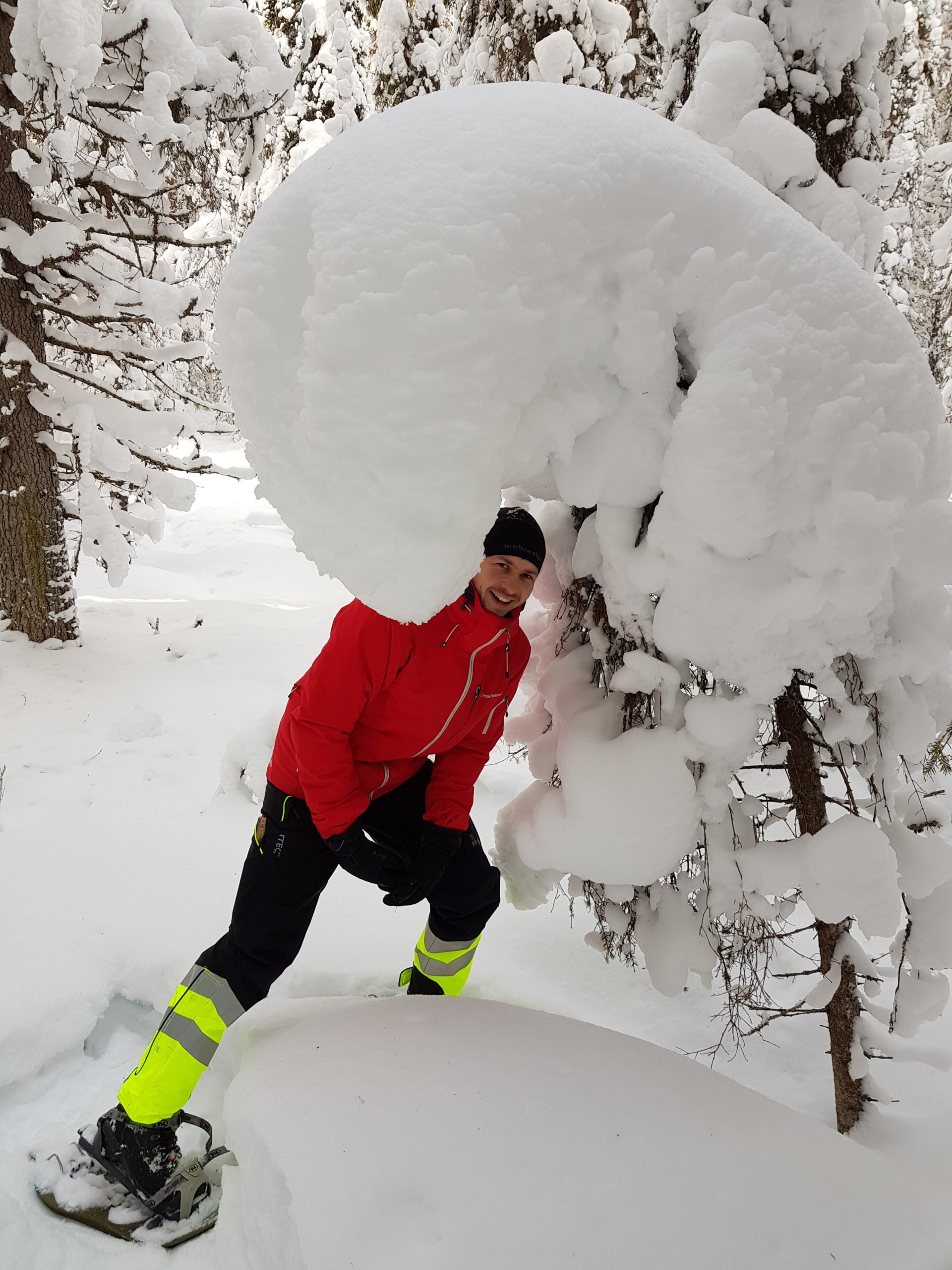It’s soon time for our annual Hydrologidagarna (HD) with this year’s topic “The value of water” on 6 October 2021.
This year’s HD venue will be wonderspace, a virtual conference space with different ”virtual rooms” (waiting room, plenary speakers, different posters, lunch room, coffee room).
You can join the HD space through this link https://www.wonder.me/r?id=96b57cdb-10a1-406c-ac07-53ca9fe06215 and ”walk” with your virtual avatar from room to room and talk/ interact with the participants almost like on a real conference.
The plenary presentations are 20-30 min, followed by question. These presentations will be hold in the ”plenary speakers room”. During the coffee break or lunch we convene in the ”coffee or lunch room” to have more in depth discussions with all the audience or just have a coffee/leg stretcher.
After each coffee break there is a poster session similar to the EGU pico style: The HD pico session starts with a 2-minute madness, where presenters give a short teaser of the work. After the 2-minute madness the audience can visit the different poster rooms.
We are looking forward to an exciting day and learn more on the value of water from different viewpoints!
|
Programme |
Time slot |
Presenter |
Organisation |
|
Welcome |
9:00 |
Benjamin Fischer & Lenka Kuglerova |
SHR |
|
Presenter 1 |
9:15 |
Luigia Brandimarte Floods and society: dynamic mutual shaping |
KTH |
|
Presenter 2 |
9:45 |
Lina Polvi Sjöberg “Restoring riverine ecosystem services by understanding catchment-scale & catchment-specific processes” |
Umeå Univeristy |
|
Coffee break inc. question- discussion and leg stretcher |
10:15 |
☕ 🙋♂️💭🤷♂️👨👨👦👦 |
|
|
Poster session 1 |
10:30 |
Lenka Kuglerova, Karin Eklof, Francesca Polato |
|
|
Presenter 3 |
11:15 |
Berit Arheimer Value of water – why is hydrological observations and services important for society? |
SMHI |
|
Presenter 4 |
11:45 |
Benjamin Fischer How did European water education get impacted due to Covid19 measures? |
Uppsala University |
|
Lunch break inc. question- discussion and leg stretcher |
12:15 |
🥪 🙋♂️💭🤷♂️👨👨👦👦 |
|
|
Presenter 5 |
12:45 |
Stefano Manzoni The value of water in carbon currency |
Stockholm University |
|
Presenter 6 |
13:15 |
Frauke Ecke ”Bävern: Frälsare eller bov i vattenlandskapet?” ”Beaver: Saviour or villian in the waterscape?” |
SLU |
|
Coffee break inc. question- discussion and leg stretcher |
13:45 |
☕ 🙋♂️💭🤷♂️👨👨👦👦 |
|
|
Poster session 2 |
13:55 |
Anna Scaini, Nadine Gärtner, Susann Baez Ullberg, Michelle Nygren, Elisa Savelli |
|
|
Wrap up and goodbye |
14:35 |
Benjamin Fischer |
SHR |
|
End of the HD 2021 |
|||
|
SHR member meeting |
15:00 |
SHR members only |
SHR |



